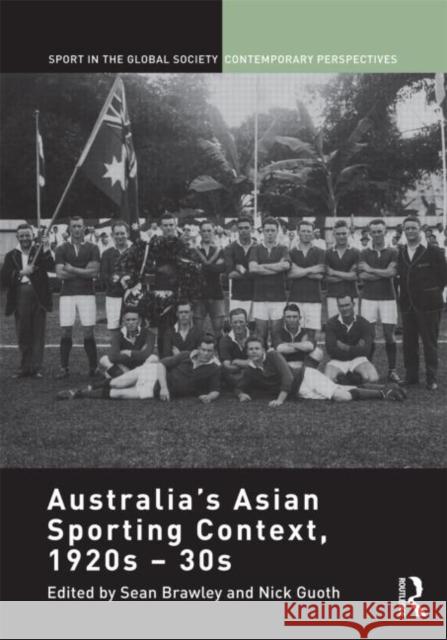Australia's Asian Sporting Context, 1920s - 30s » książka
Australia's Asian Sporting Context, 1920s - 30s
ISBN-13: 9780415560498 / Angielski / Twarda / 2012 / 168 str.
Australia's Asian Sporting Context, 1920s - 30s
ISBN-13: 9780415560498 / Angielski / Twarda / 2012 / 168 str.
(netto: 669,47 VAT: 5%)
Najniższa cena z 30 dni: 654,86
ok. 22 dni roboczych
Bez gwarancji dostawy przed świętami
Darmowa dostawa!
This book examines Australia's sporting relationships with the Asian region during the interwar period. Until now, Australia's sporting relationships with the Asian region have been neglected by scholars of Australian and Asian sports history, and the broader field of Australia's Asian context. Concentrating on the period of the 1920s and 1930s - when sporting relationships between Australia and a number of Asian nations emerged in a variety of sports - this book demonstrates the depth of these previously under-examined connections.
This book examines Australiaâs sporting relationships with the Asian region during the interwar period. Until now, Australiaâs sporting relationships with the Asian region have been neglected by scholars of Australian and Asian sports history, and the broader field of Australiaâs Asian context. Concentrating on the period of the 1920s and 1930s â when sporting relationships between Australia and a number of Asian nations emerged in a variety of sports â this book demonstrates the depth of these previously under-examined connections. The book challenges, and complicates, the broader historiography of Australiaâs Asian context; a historiography that has been strongly influenced by the White Australia Policy and the Pacific War. Why, for example, did White Australia so warmly welcome visiting Japanese sportsmen at a time when the Pacific region appeared to be inexorably sliding into a war that was informed by racial antagonisms? This book examines sporting relations between Australia and six Asian countries (China, Japan, India, Netherlands East Indies, Philippines, Malaya and Singapore) and a range of sports including rugby, football, swimming, hockey, boxing, cricket and tennis. The significance of the collection is drawn together in a concluding chapter by prominent historian David Walker.
This book was published as a special issue of Sport in Society.











